Although not as frequently as the Koreans, Japanese still manage to turn up a number of crime films, mostly based on the plethora of novels of the genre that are published in the country, as much as on actual stories. The Yakuza theme, that was so common in Japanese cinema during the previous decades, is no longer at large and organized crime has given its place to the individual one; however, the quality has not deteriorated at the least, and as we are about to see in the list below, a number of masterpieces of the category are still being shot.
With a focus on diversity, here are 20 great Japanese films, in chronological order, where crime is the main element of the story.
1. Late Bloomer (Go Shibata, 2004)
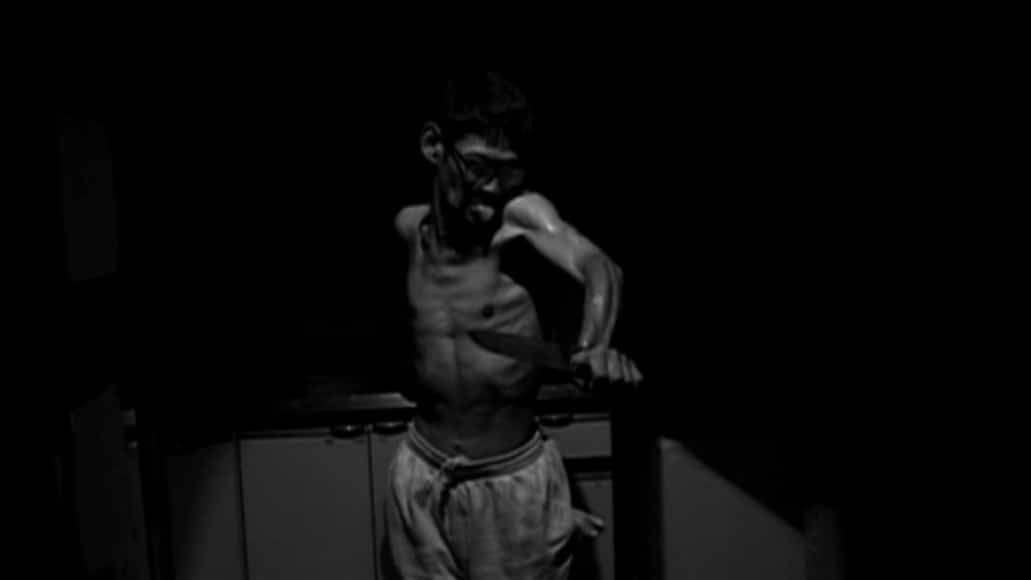
Go Shibata presents a film concerning inability that keeps its distance from the common triumph stories typically shot regarding this topic. Instead, “Late Bloomer” focuses on the violent ascent of the protagonist to a world where anybody is an enemy worth killing.
Buy This Title
2. Suspect X (Hiroshi Nishitani, 2008)
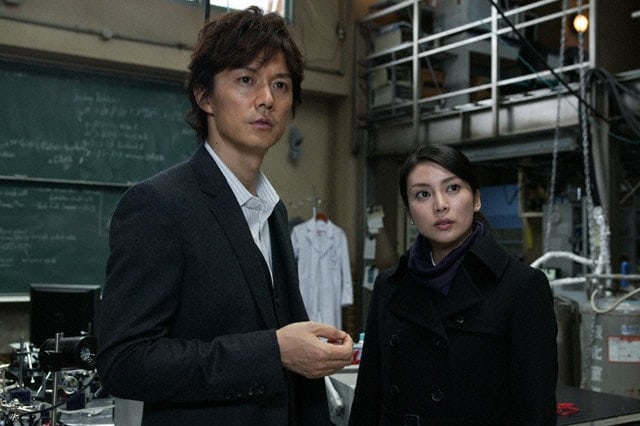
Hiroshi Nishitani directs a film that thrives on atmosphere, through a subtle but very intense duel between two extremely men. One of the tendencies of the Asian crime film, where the perpetrator is known to the fact and the focus is on the motive and the execution, finds its apogee here.
Buy This Title
3. Villain (Lee Sang-il, 2010)
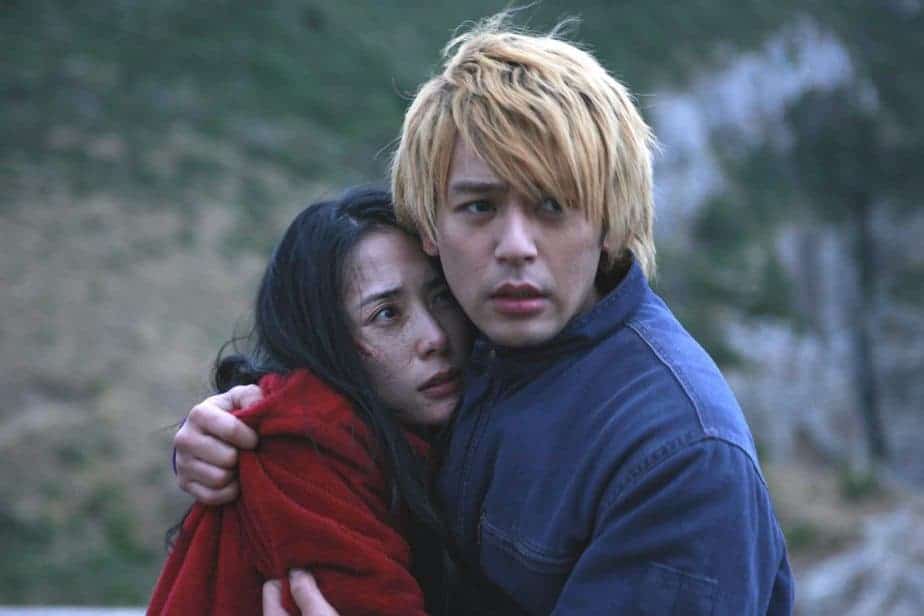
Lee does a great job of combining the classic, indie Japanese style with the slow tempo, with a number of sequences that are reminiscent of the quality Hollywood films, and the Korean crime ones. In that fashion, he directs a movie that lingers among the social drama, romance, and crime genres, all the while retaining an impressive balance.
Buy This Title
4. Confessions (Tetsuya Nakashima, 2010)
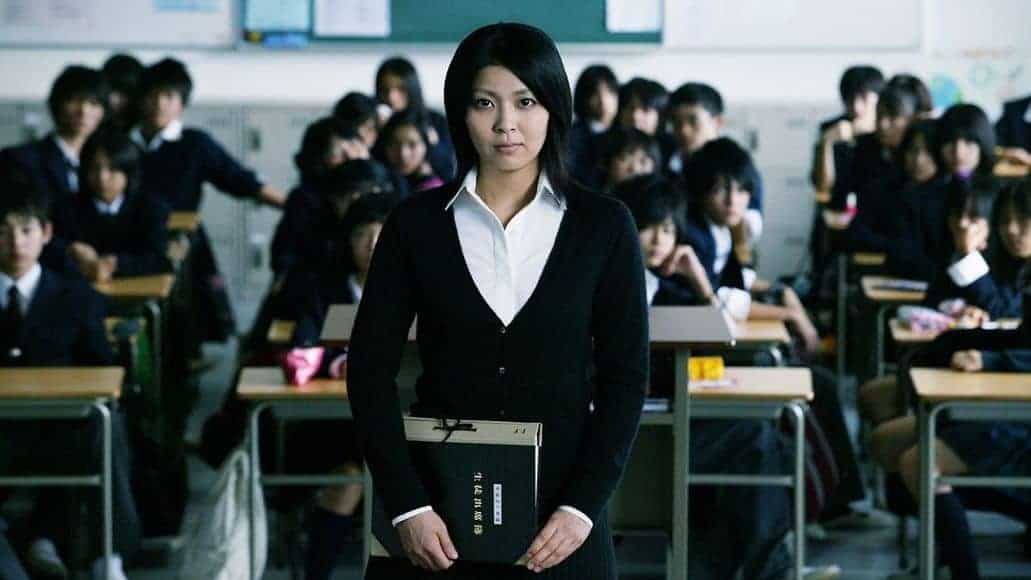
Tetsuya Nakashima depicts the film mainly through flashbacks resulting from the confessions of the protagonists. Furthermore, he presents a number of social issues including sexuality, death and bullying, as well as the relationships between parents and children, between teachers and students, and between parents and teachers.
Buy This Title
5. Outrage (Takeshi Kitano, 2010)
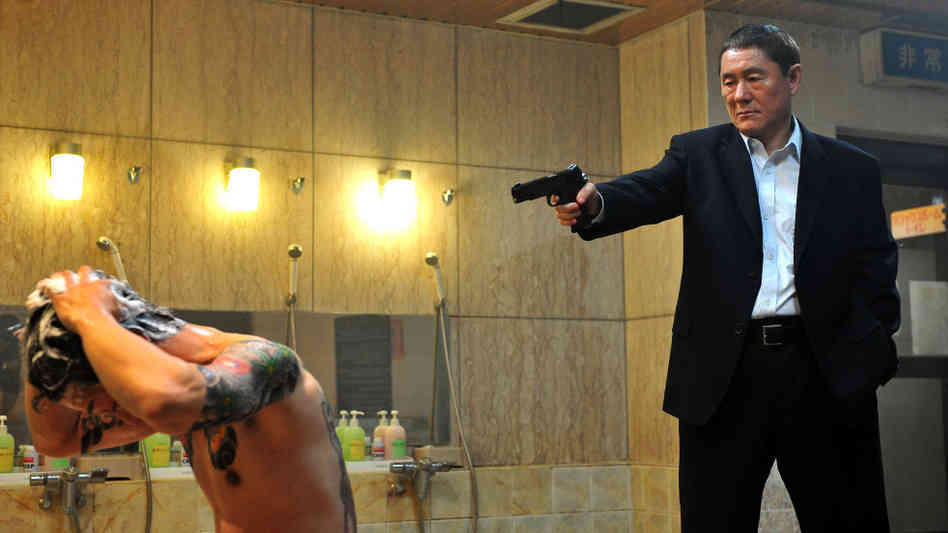
With that said, after awhile “Outrage” settles into a continuum of beatings and deaths, and it becomes difficult to follow the alliances and their breaking, to the point where the audience cannot sympathize or even get to know a character because he is almost instantly killed, with the sole exception of Otomo. Due to the aforementioned factors, the film could be interpreted as a parody of the genre, while Kitano seems to stress the fact that the Yakuza world is outdated, hinting perhaps that the same thing applies to the whole film genre.
Buy This Title
6. Guilty of Romance (Sion Sono, 2010)

Once more, Sono shows how adequately he can handle the extreme. His characters, although quite different in their conception, are all exquisite as much as they are distinctive. In particular, Hisako Ookata, who plays Mitsuko's mother, gives one of the most terrifying smiles ever witnessed, and one of the foremost unconventional family scenes, even for a Sono movie.
Buy This Title
7. Cold Fish (Sion Sono, 2010)
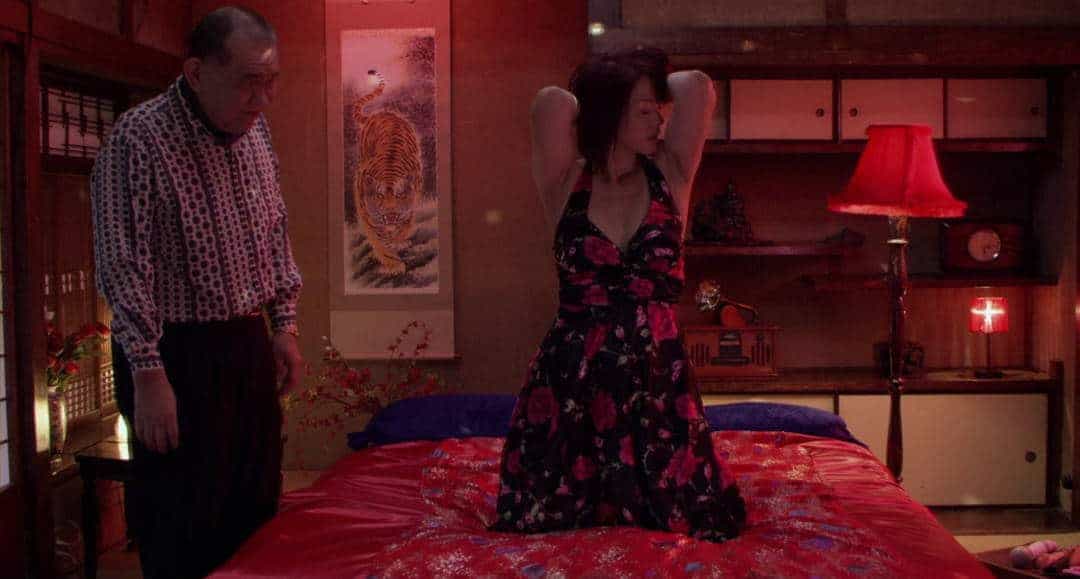
Borderline violence, extreme gore and sick sex make “Cold Fish” one of the darkest studies on the human psyche, while elements of black comedy and the ironic, social commentary are equally visible throughout the film's 146 minutes. Sono, per his words, “wants to depict a sense of total hopelessness,” thus presenting the fact that sometimes people, when faced with extreme situations, simply kowtow instead of reacting violently, as the circumstances dictate.
Buy This Title

8. Rebirth (Izuru Narashima, 2011)

Izuru Narushima took a risk, exposing little Konomi Watanabe (Kaoru) so much in front of the camera, though at the end he certainly won the gamble, since she performed in utter professionalism in spite of her age. Another accomplishment of his is that he managed to portray a character like Kiwako, whose crime is universally considered nefarious, in a way that makes her seem as the true tragic figure of the story, resulting in the audience sympathizing with her in the end.

9. Lesson of the Evil (Takashi Miike, 2012)

As Hasumi is revealed as a serial killer through a number of scenes elaborately put together, Miike proves his prowess in combining image with sound. The lyrics of the German track sung by Berthold Brecht, which are translated on screen, actually describe a serial killer, and the combination of those lyrics with the actual images of the film gives an uncanny essence to an already shocking sequence. The fact that Hideaki Ito, who plays Hasumi, is exercising naked, the episode from his past where he stabs himself, and the electrocution of the crows, that closes the scene, add to the grotesque, but elaborate aesthetics of the scene.
Buy This Title
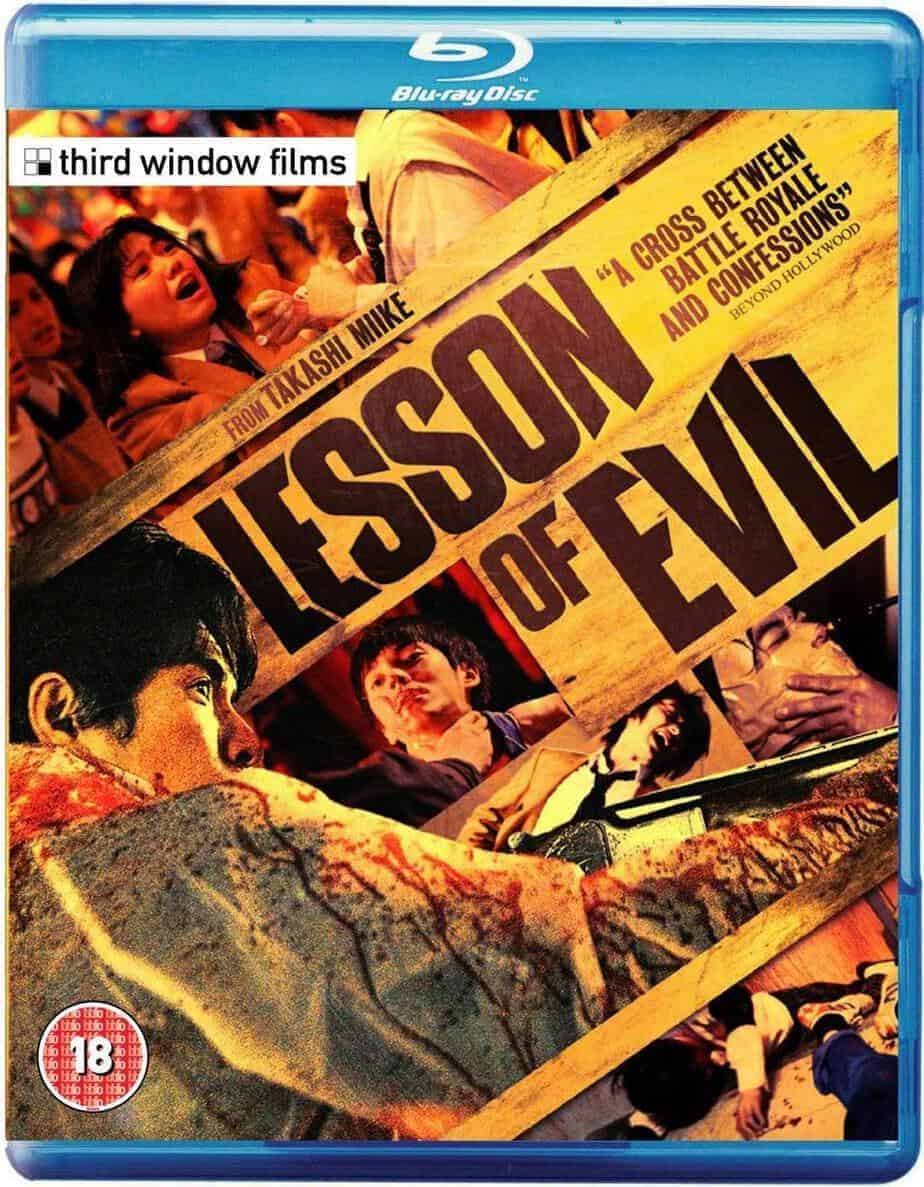
10. Devil's Path (Kazuya Shiraishi, 2013)
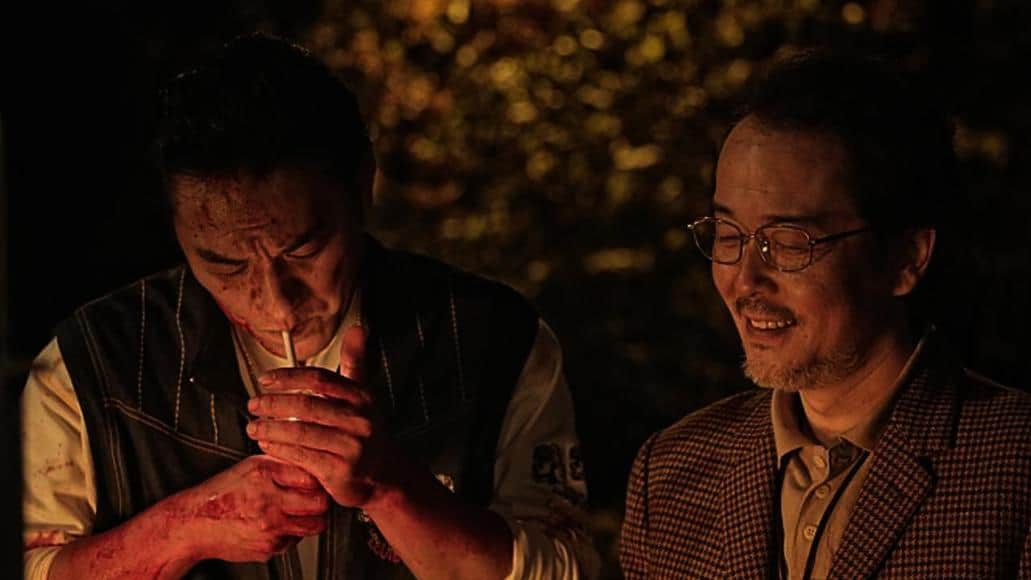
The characters, and particularly the two villains, are the film's greatest trait. Pierre Taki portrays a true animal as Sudo, who stops at nothing in order to fulfill his purpose, with murder and rape being his most commonly used tools. However, the true devil is the “Doc,” played by Pierre Taki, a true sociopath who acts as the master of the beast. Both of them are great in their respective parts. Takayuki Yamada as Fuji portrays a character that seems caught between the facts and these two men , in a less demanding role. However, he succeeds in portraying his character's constant angst and frustration.


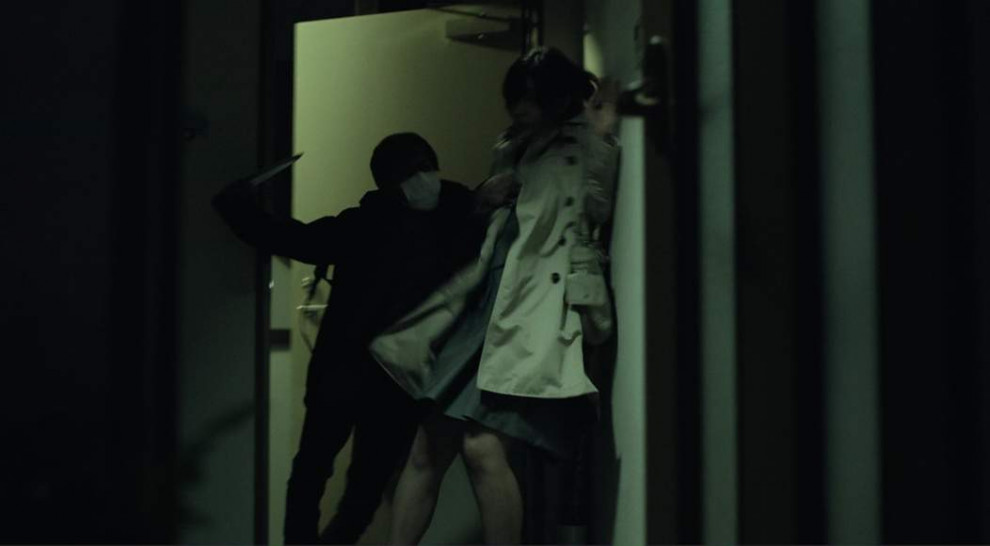
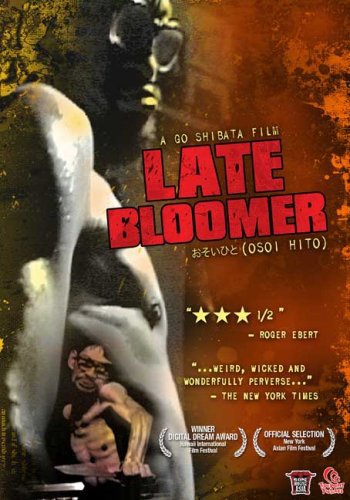

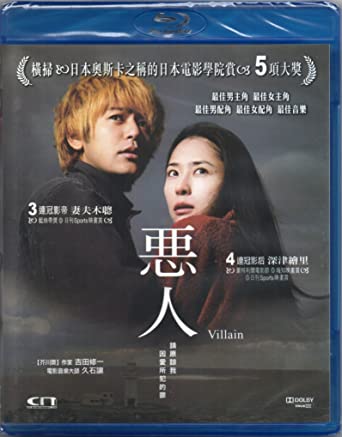
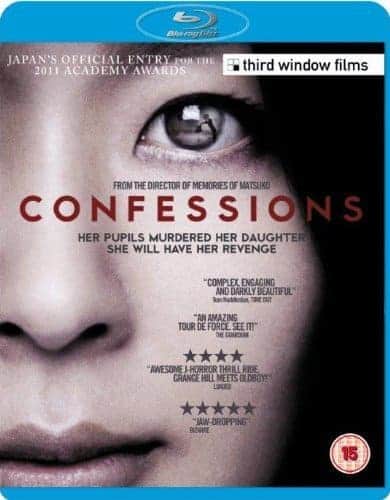




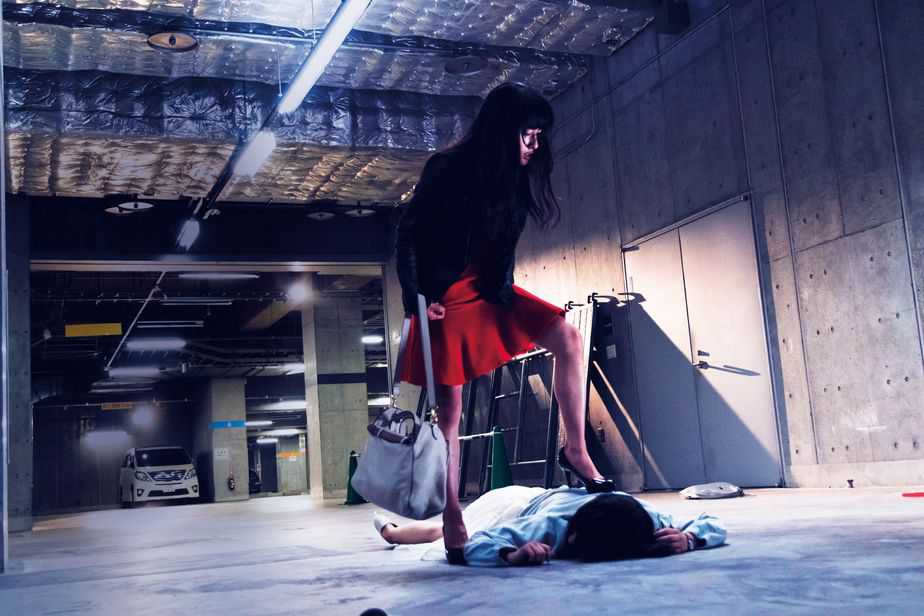












WORLD OF KANAKO is a sledgehammer of a movie. Extraordinary.
Cold Fish… Classic!
one of the best lists i have seen!!! extremely brilliant picks.